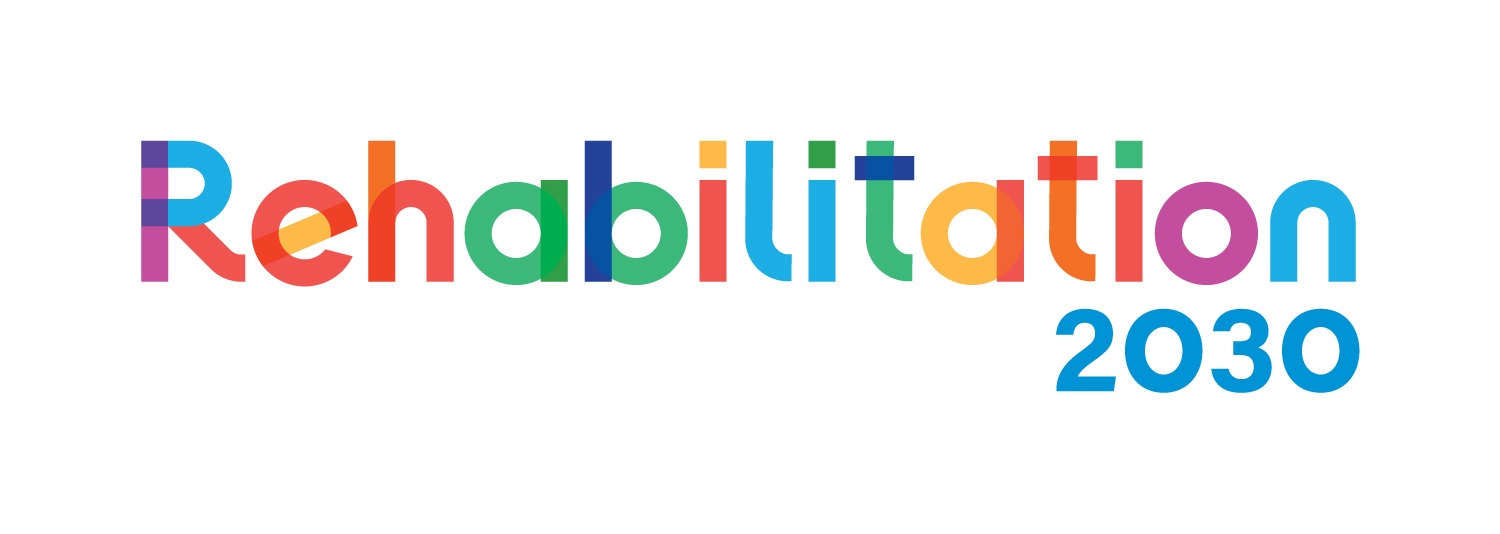About
What is Rehabilitation and who is it for?
Rehabilitation is a set of health interventions designed to optimize functioning and reduce disability in individuals with health conditions in interaction with their environment. Rehabilitation targets difficulties in functioning which occur as a result of impairments in body functions, limitations in activities and restrictions in participation.
Rehabilitation interventions can be grouped into Pharmacologic (medications) and Non-pharmacologic categories (promotive, preventive, restorative and compensatory interventions; and provision of assistive products).
Health professionals with training in rehabilitation can provide it in primary, secondary and tertiary health facilities.
Rehabilitation offers many benefits and is important for all at any time irrespective of the age of the person, the phase of care and the condition of the person.
To learn more, take the Introduction to rehabilitation module.
What is BRP-CR?
There is an increasing need for rehabilitation due to a rise in the ageing population, an increase in NCDs and ongoing consequences of conflicts and injury. Many people in low to middle income countries do not have access to the rehabilitation care they need. In some of these countries, there are less than 10 skilled rehabilitation practitioners for a population of 1 million. This is worse in primary health care (PHC) and low resource settings.
The main purpose of the Basic Rehabilitation Package – Clinical Resource (BRP-CR) is to integrate rehabilitation into the care delivered by existing health workers in PHC.
The resource includes a screening tool, rehabilitation pathways and care modules.
There is a clinical decision tree that guides the health worker in the selection of rehabilitation interventions. It shows how to provide rehabilitation interventions in four (4) steps.
- Assess
- Plan
- Deliver care
- Monitor
Who is BRP-CR for?
The BRP-CR is mainly targeted at the existing health workforce (doctors and nurses) in PHC and low resource settings, where rehabilitation workers are limited or unavailable. It is designed to guide the clinical decision-making of existing health workers, enabling them to identify rehabilitation needs and provide basic rehabilitation interventions.
Rehabilitation workers may also find this resource useful in clinical practice as well as in training, support and supervision of healthcare workers providing rehabilitation.
Additionally, professionals responsible for developing training in rehabilitation may consider the practical approaches and concepts used in this resource.
Policy makers and advocacy groups can find information to increase their understanding of assistive products provision and raise awareness of assistive products through their networks.
